How to tie ougibunko
The next step is how to tie ougibunko by yourself. It looks like a big bow with a folding fan. Maybe it’s tough for beginners, so please watch the video below first. Later, check the important points. Let’s begin!
Kimono knowledge and kitsuke tips
The next step is how to tie ougibunko by yourself. It looks like a big bow with a folding fan. Maybe it’s tough for beginners, so please watch the video below first. Later, check the important points. Let’s begin!
The next step is tying nagoya obi into ichijudaiko. Ichuju literally means one layer and daiko means a drum. Daiko is usually pronounced taiko in one word. Ichijudaiko looks like a drum or drum-shaped bridge in a Japanese garden. This is the most basic way of …
Are you happy with your emon? You may sometimes fail to make emon. It will happen especially when you use juban without emon-nuki, juban with strings or slippery polyester juban. This is also the way for those who have rich breasts, square shoulders or a …
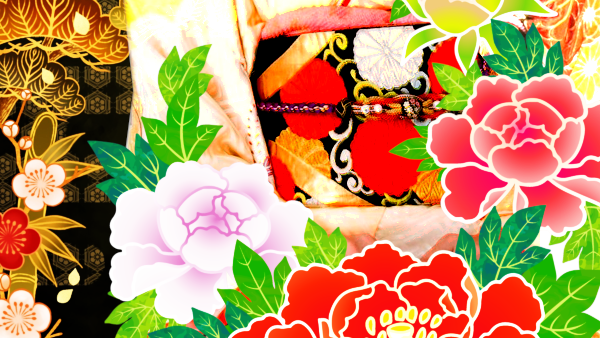
Kimono is evocative of Japan. It is made with traditional Japanese craftsmanship that have been passed down from generation to generation. kimono itself includes the beauty of nature, people’s lives, and even Japanese history.
Japanese people today enjoy kimono as fashionable outfits from formal wear to daily wear.
There are many kimono fans not only in Japan but also in the world.
Why don’t you experience kimono and add a special time to your life?
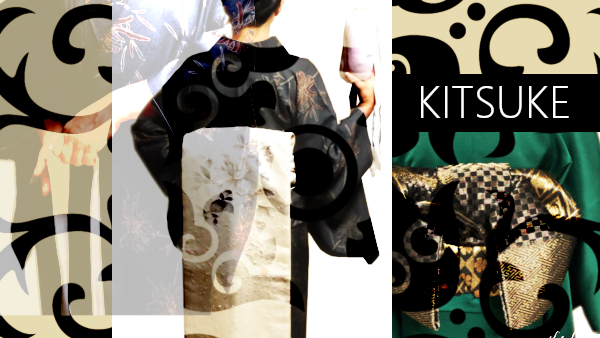
We share you kimono knowledge and kitsuke tips. You can teach yourself to wear kimono on this blog.
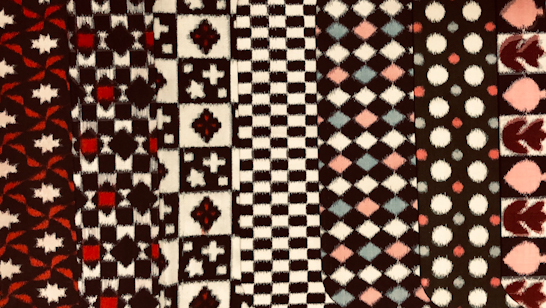
We love Meisen!
Meisen has so many designs and patterns. We find a lovely one; immediately get it! Now our closet is full of scraps! So we’ll show you a part of our collection. Please enjoy the unique taste of Meisen fabrics.
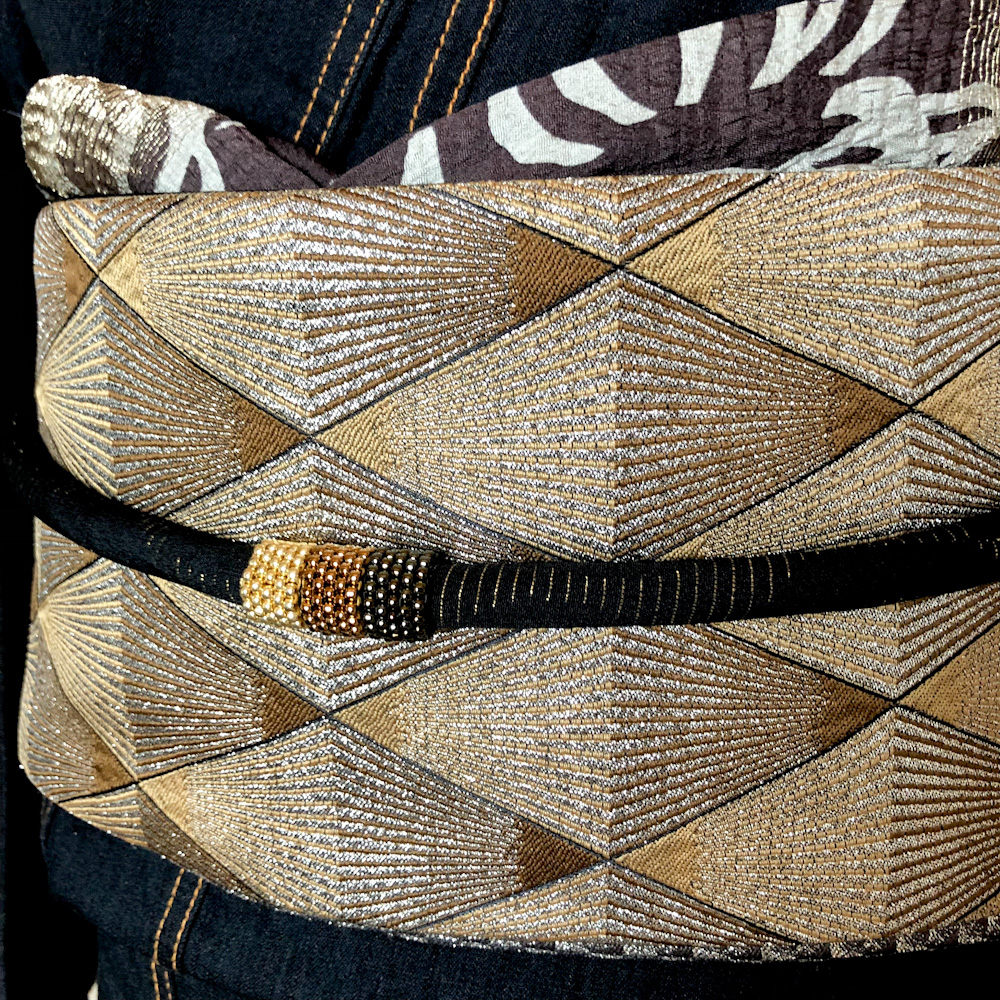
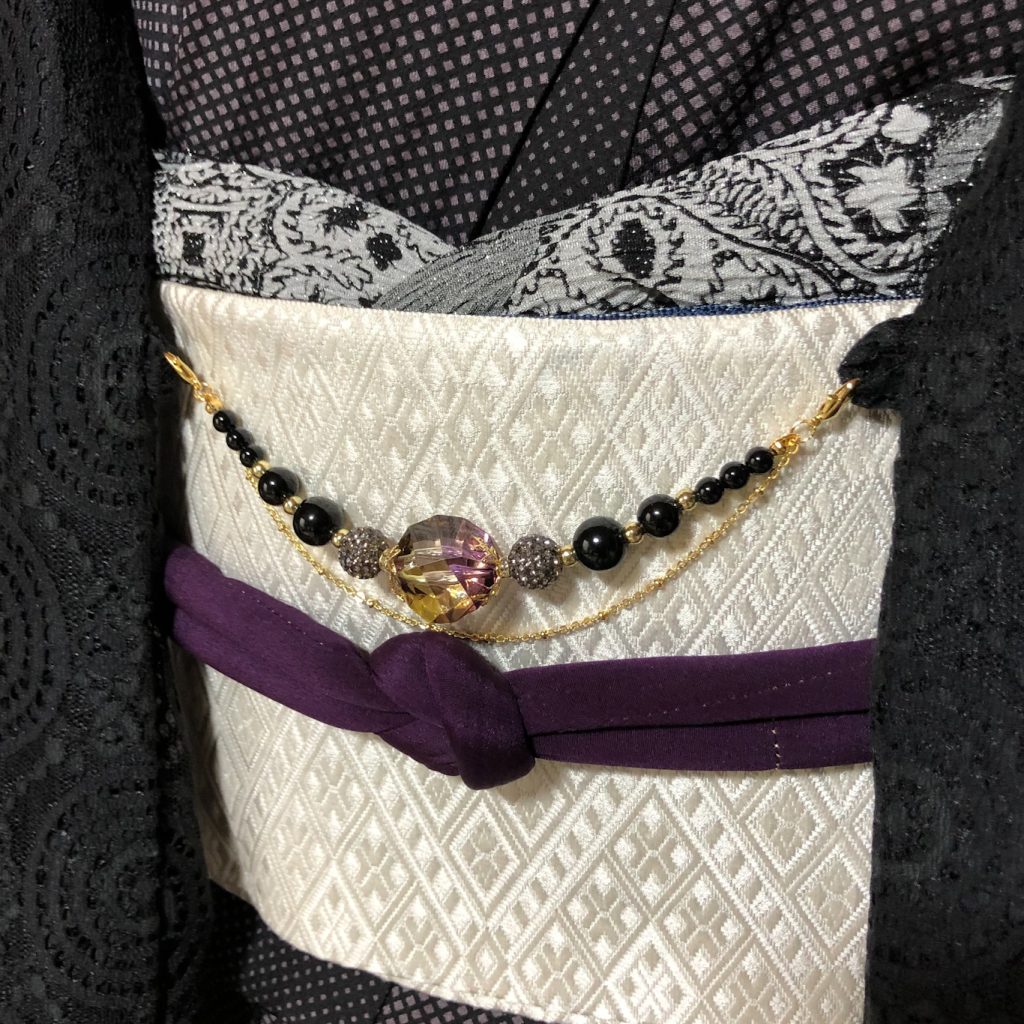

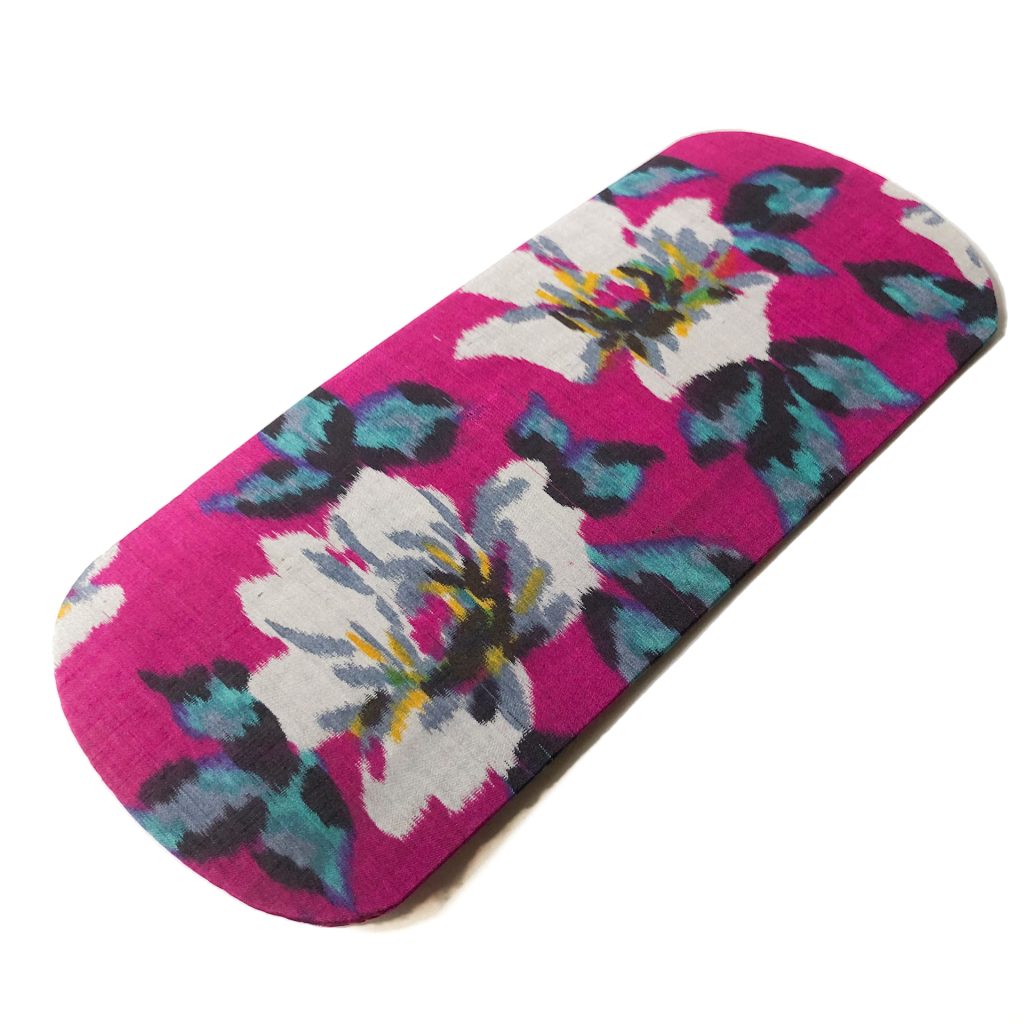
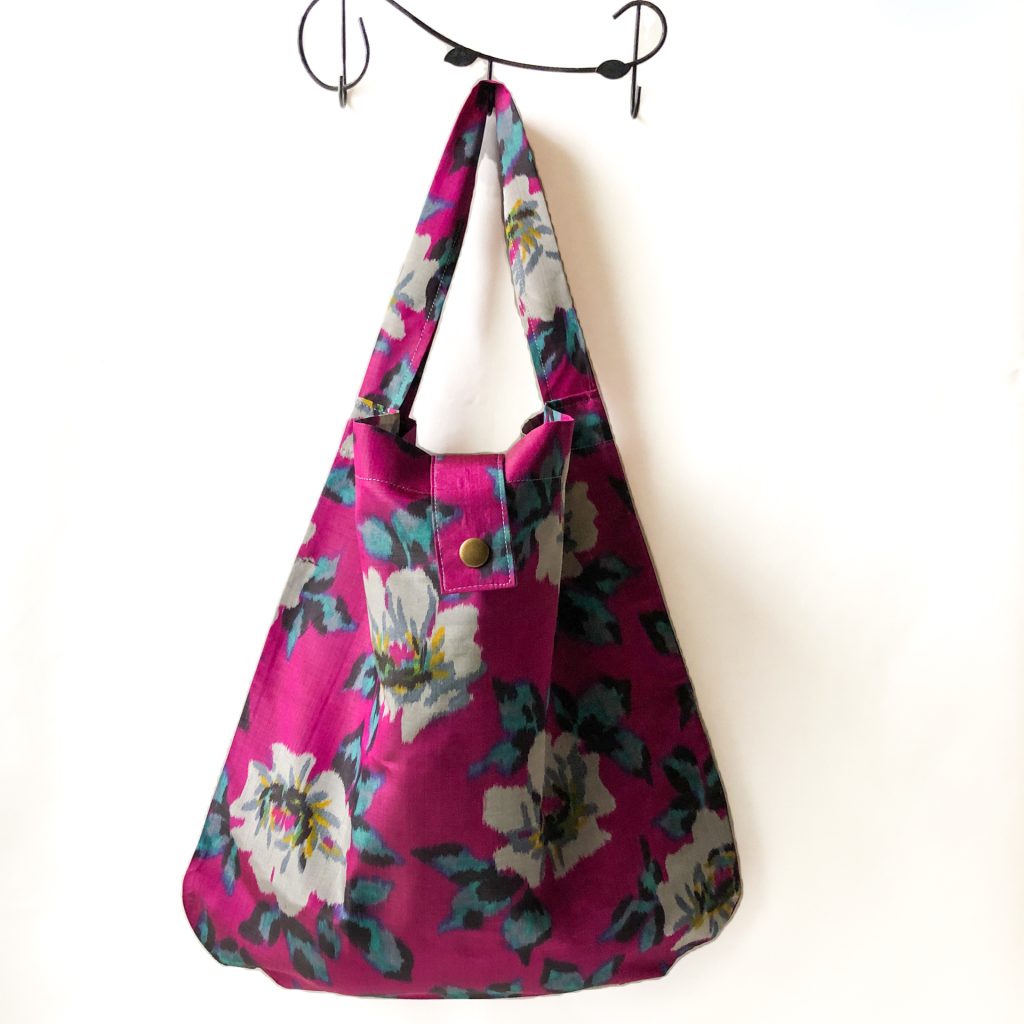

You can now order from minne overseas. No knowledge of Japanese is needed because we’ll handle everything, with answers for any questions you might have in your language. Please check out my shop.
You need many accessories to wear kimono because it doesn’t have any zippers and buttons.
So usually use cords, belts and sashes. Those kimono accessories have unique names.